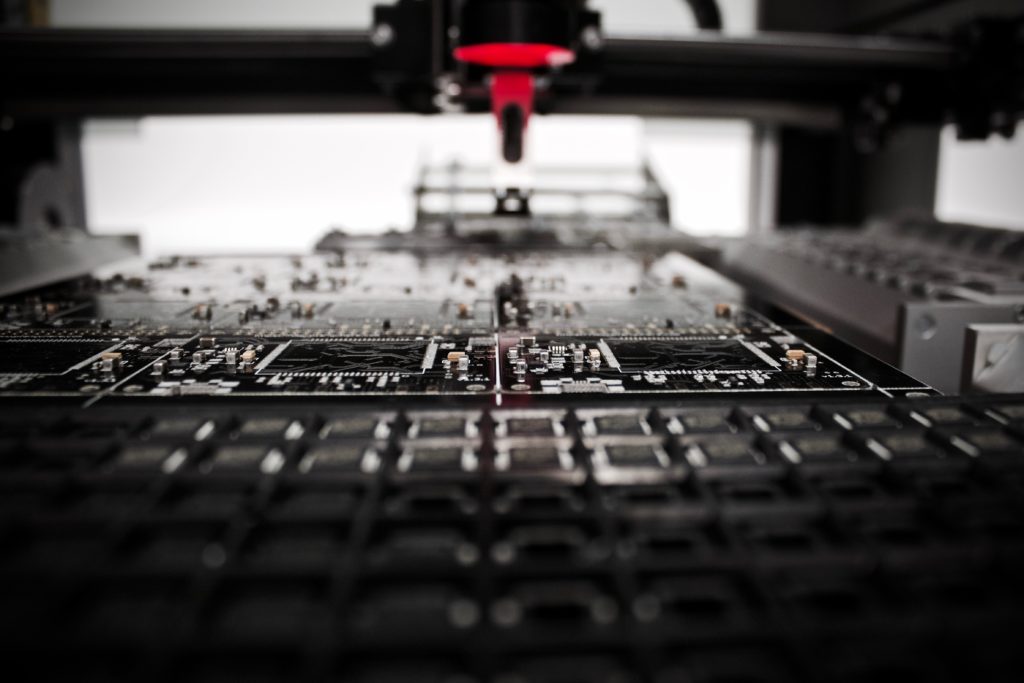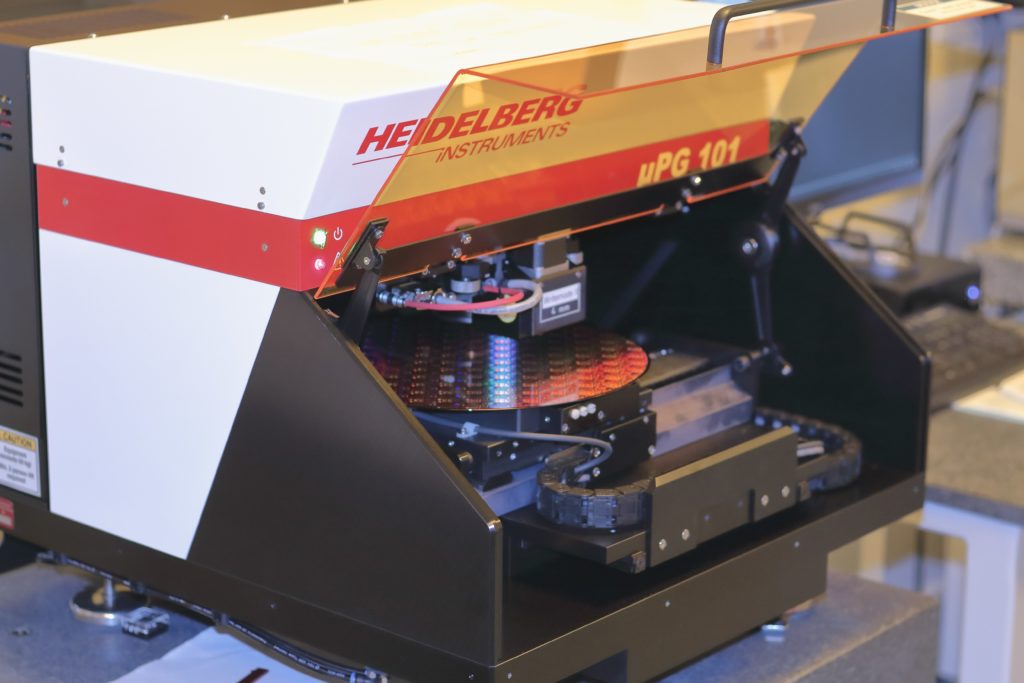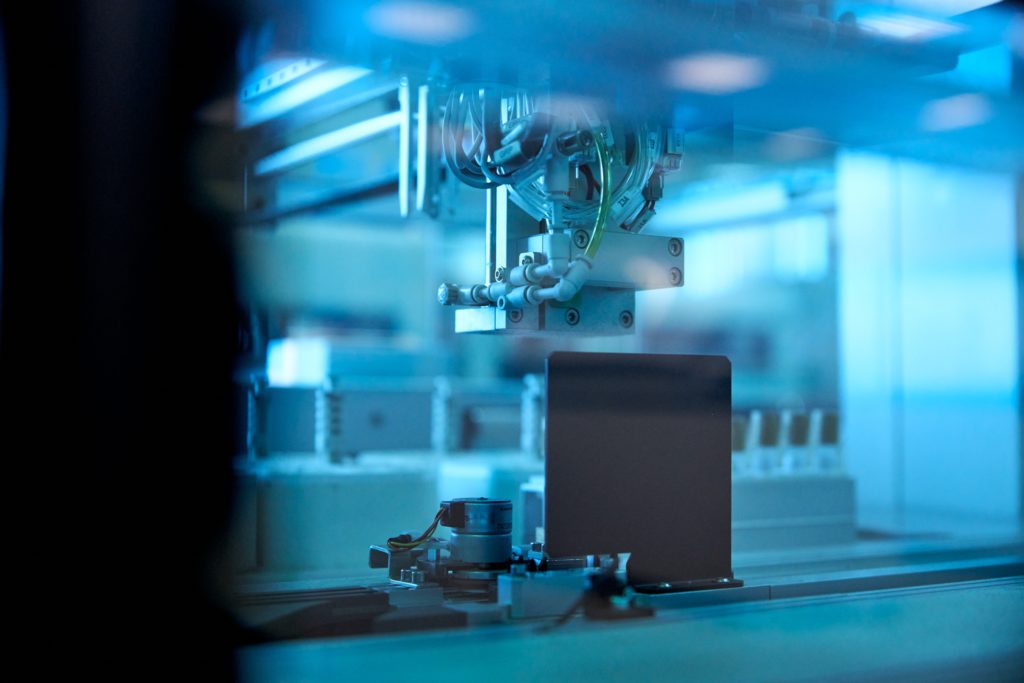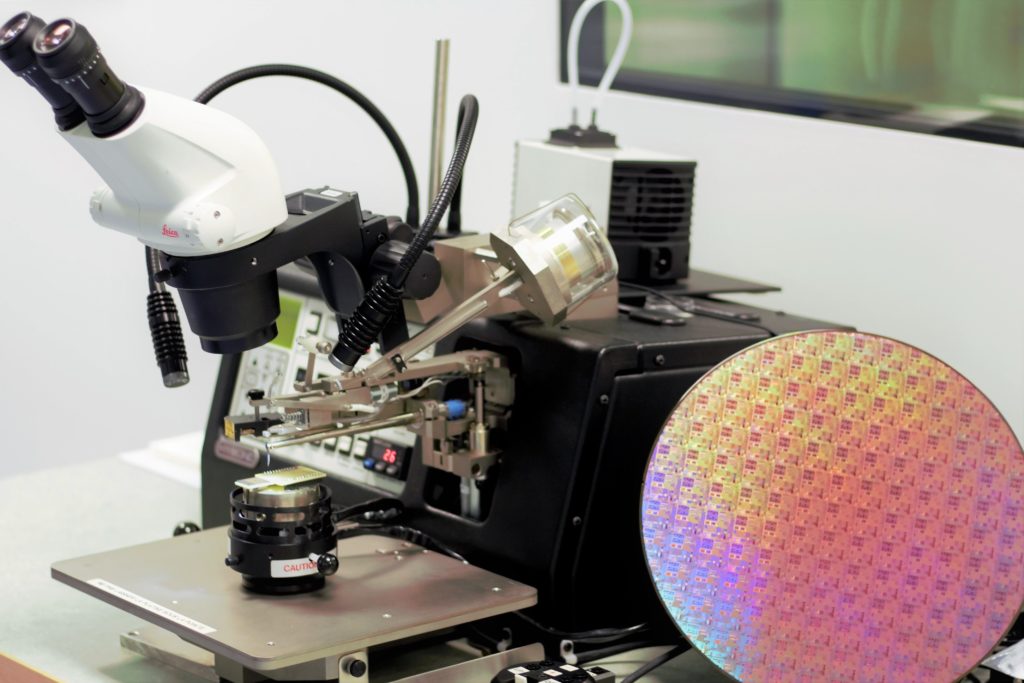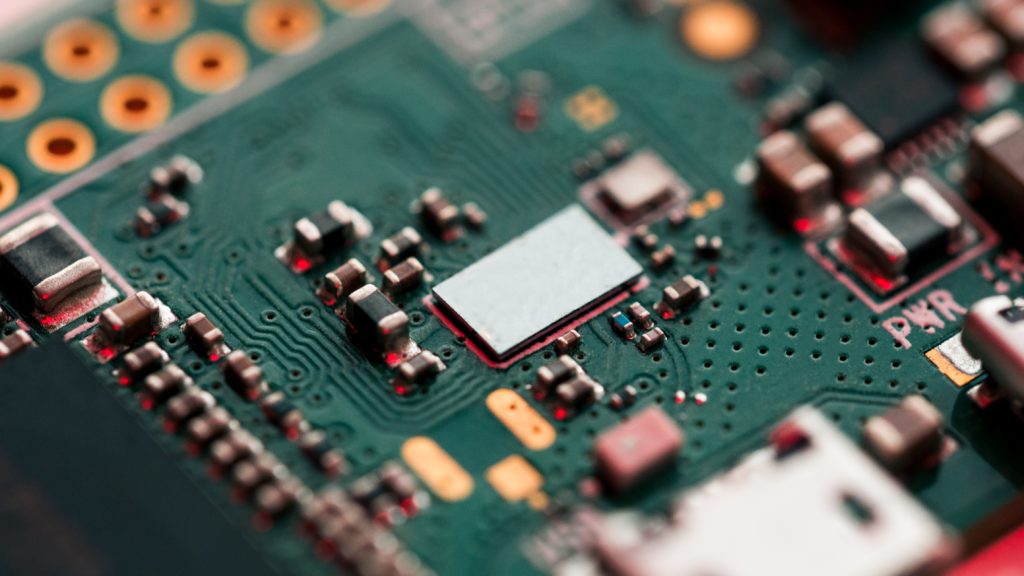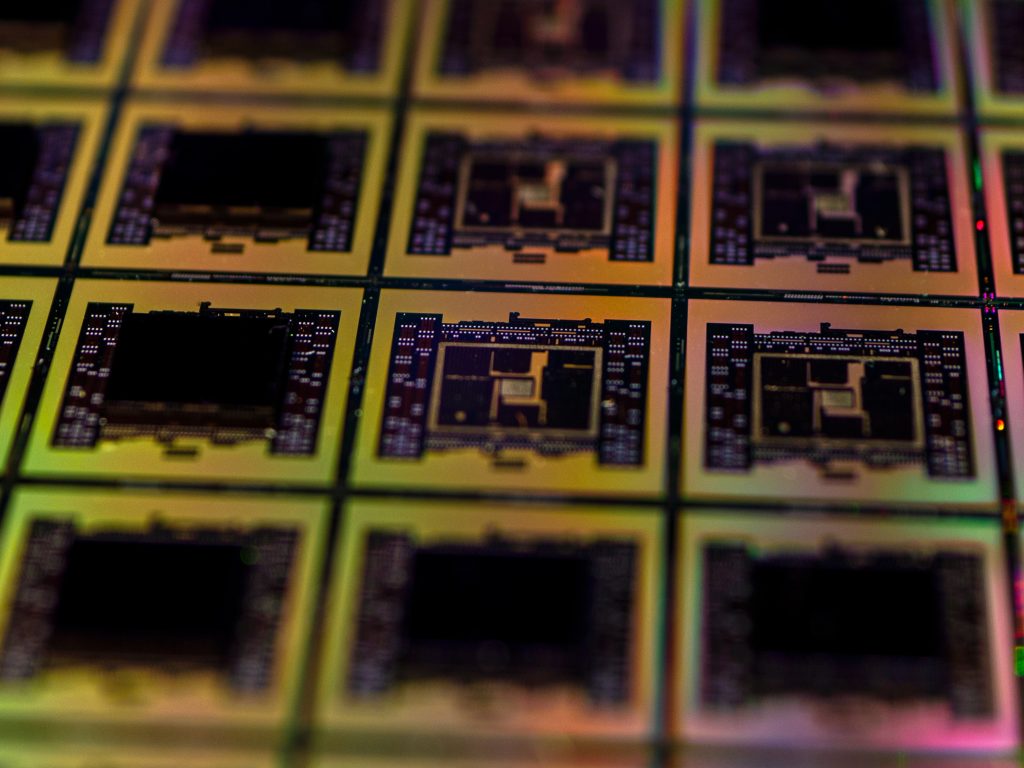Photo by Louis Reed on Unsplash
THE REASONS TO DEVELOP SEMICONDUCTOR MANUFACTURING CLUSTER
Developing a dedicated semiconductor manufacturing infrastructure from scratch is a billion-dollar risk and the cost of doing so is also increasing year on year. As the semiconductor industry marches towards a new era of capacity creation, it is important to invest in strategies that can enable a high return on investment.
Today, the majority of the big semiconductor manufacturing companies are looking for new regions to create their next-gen semiconductor device fabrication, assembly, and testing infrastructure. The cost of making the wrong choice for such a large investment is very high.
The time, and effort required to build semiconductor manufacturing infrastructure are pushing companies, and also governments, towards utilizing (or creating) regions that already have a semiconductor history. This is one of the major reasons why companies like TSMC, Intel, and Samsung are focusing on regions that already have a large presence of semiconductor companies (end-to-end), as it allows them to make the most of the existing ecosystem and thus drives their new facilities towards breakeven.
Semiconductor Manufacturing Cluster: A dedicated region or area, where within proximity different semiconductor companies have facilities to provide semiconductor device fabrication, assembly, testing, and distribution services. This area may and may not house a different number of semiconductor design companies.
When multiple semiconductor manufacturing companies are located in the same region, then a semiconductor manufacturing cluster is formed. A semiconductor manufacturing cluster provides several benefits. These benefits are more geared towards semiconductor companies but in the end also benefit the city or the region where these clusters are located.
Collaboration: A region with multiple semiconductor manufacturing (and design) companies enables collaboration that can drive the development of next-gen solutions and thus benefits the semiconductor industry at large.
Optimization: Semiconductor manufacturing cluster will allows the development of several business resources that can aid companies. This can range from raw materials to near-by equipment provider to several other support systems that semiconductor manufacturing companies often need.
Research And Development: The proximity of advanced semiconductor manufacturing facilities allows companies to develop research and development infrastructure. This is often in collaboration with the government and universities. Doing so speeds up development of new devices that can provide much better efficiency and thus pushes the development of new semiconductor-driven products.
Ecosystem: Worldwide, there are different semiconductor manufacturing clusters. Some are in Taiwan, some in China, and many in the USA. All these regions have transformed themselves into powerhouses and are now an ecosystem for emerging semiconductor manufacturing facilities.
Talent: In the end, human resources are vital for any industry. The same applies to the semiconductor manufacturing facilities wherein different skills are required to drive the development of semiconductor products. Semiconductor manufacturing cluster creates an infrastructure that attracts talents from all over the world.
Semiconductor manufacturing clusters are not built overnight. It takes years of effort from both the government and private players. In many cases, a single entity starts from scratch and there on goes on attracting future companies. There on, over an extended period creates the semiconductor manufacturing cluster on its own. Also, having a university with a very high research and development focus is also an important factor in driving cluster-based semiconductor manufacturing regions.
Worldwide, as governments attract new investments towards semiconductor manufacturing, it is worth planning by focusing on strategies that can eventually turn the regions into a semiconductor manufacturing cluster.


THE STEPS TO BUILDING SEMICONDUCTOR MANUFACTURING CLUSTER
Developing a dedicated semiconductor manufacturing cluster is not an easy task. It takes years of planning, investment, collaboration, failure, and risk to create one. This is the primary reason as to why there are only a handful of countries that have semiconductor manufacturing clusters.
Semiconductor clusters can be classified into two types:
Multiple Companies Multiple Facilities (MCMF): A specific region where multiple semiconductor manufacturing companies come together to create their own separate semiconductor manufacturing infrastructure to drive device fabrication, assembly, and testing.
Multiple Companies Single Facility (MCSF): A specific area or a region where multiple semiconductor manufacturing companies invest to create a single large facility to provide fabrication, assembly, and testing services for different semiconductor companies.
MCMF is very common and countries like Taiwan, Japan, South Korea, China, and the USA already have several such regions which cater to different needs of semiconductor manufacturing.
On another hand, MCSF is very rare and the major reason is the effort required to bring different stakeholders to invest in a single facility that can cater to the manufacturing requirements of different semiconductor players. Today, planning for MCSF might be more favorable due to the cost and time, but there have been several examples where such collaborative strategies have failed.
Countries looking to develop a region that purely focuses on semiconductor manufacturing need to plan for the next century and not a decade, and the following steps can provide a roadmap of achieving the goal of developing a semiconductor manufacturing cluster, which is what countries without semiconductor manufacturing history need today.
Government Support: Government support is crucial in driving the development of policies, incentives, and facilities that can cater to the semiconductor manufacturing cluster. This is why countries looking to attract new semiconductor manufacturing investment should develop strategies to make an investment from private players a long-term collaboration.
Private Partnerships: Semiconductor manufacturing clusters today will require move JV between different semiconductor companies. While single entities can themselves invest in new FABs and OSATs, but in the long run, the region needs to develop by continuously attracting new investment. This is possible if in the initial phases more JVs are formed to drive the development of the semiconductor manufacturing cluster that future private players can take advantage of.
Aligned Goals: Both government and private players need to be on the same page so that the region chosen as a dedicated place to develop the next-gen cluster thrives for several decades. This requires not only planning for the semiconductor industry but also building regional facilities like logistics to universities and several other plans to drive day-to-day facilities.
Future Roadmap: In the end, dedicated clusters are divided into sub-regions that are owned and operated by different entities. However, if there is no future roadmap as to why several companies are bringing new investment (mainly if the cluster type is MCSF) then the future roadmap may not be beneficial. Hence, companies need to collaborate more to drive new manufacturing methodologies.
Continuous Investment: Semiconductor manufacturing clusters are difficult to build and to make the most of it, continuous investment is required. This can be in the form of new investment policies from governments to attract new semiconductor companies to build new facilities (example: TSMC in Arizona) that can take the region towards a new era.
There are multiple ways of attracting new investment into new regions/countries. Semiconductor manufacturing cluster vision and planning is one of doing so. This way, semiconductor companies (focused on manufacturing) can be confident in the future of the location they are investing in.
Whether, the semiconductor manufacturing cluster is MCMF or MCSF, the benefits of regions with multiple semiconductor companies are profound, and governments all over the world should focus on developing semiconductor manufacturing clusters to facilitate in-country requirements of future semiconductor products.
